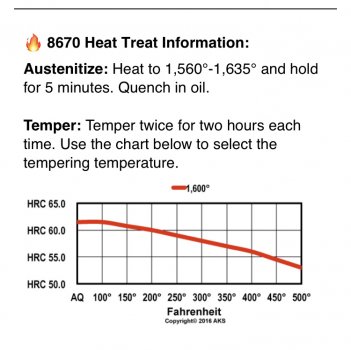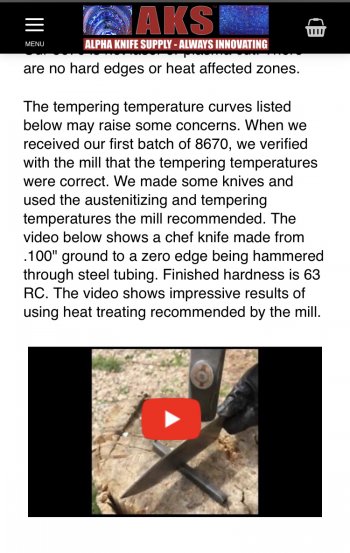Chris, if you're still reading this - you "bother" because you like helping other folks and we all do appreciate your work. This thread could lead to a very good discussion about sources and how they differ in HT info. Two of my most respected folks are Larrin Thomas (also his Dad of course) and Kevin Cashen and most of the time they both agree on HT info. There are a couple of times when their written info does conflict - and I suspect there is more to do with typo than anything.
We'd LOVE to have you back



